- 13035986501
- 13035986501
- Nyx-peptide@jsjpharm.cn
Your Location:Home >Products >Custom peptide >128270-60-0
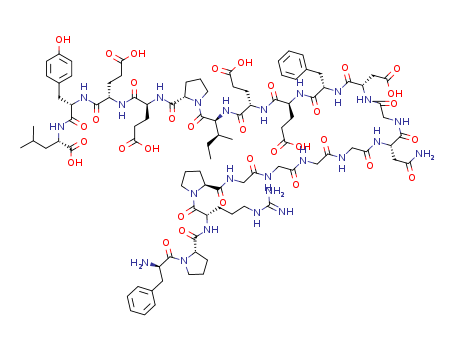

Product Details
|
Description |
Bivalirudin is a synthetic anticoagulant effective in preventing ischemic complications during angioplasty, with a favorable safety profile compared to traditional therapies. Its reversible nature, short half-life, and efficacy make it a suitable alternative in high-risk acute coronary syndrome patients. The ACUITY trial supports its use as a standalone treatment with reduced bleeding risks. |
| Chemical Composition and Origin |
Bivalirudin is a synthetic novel anticoagulant. |
| Mechanism of Action |
Direct, specific, and reversible inhibitor of thrombin. |
| Clinical Applications |
Mainly used for preventing ischemic complications during angioplasty interventional treatment of unstable angina pectoris. |
|
Originator |
Biogen (US) |
|
Definition |
ChEBI: A synthetic peptide of 20 amino acids, comprising D-Phe, Pro, Arg, Pro, Gly, Gly, Gly, Gly, Asn, Gly, Asp, Phe, Glu, Glu, Ile, Pro, Glu, Glu, Tyr, and Leu in sequence. A congener of hirudin (a naturally occurring drug found in the saliva o the medicinal leech), it a specific and reversible inhibitor of thrombin, and is used as an anticoagulant. |
|
Brand name |
Angiomax (Medicinova). |
|
Therapeutic Function |
Anticoagulant |
InChI:InChI=1/C98H138N24O33/c1-5-52(4)82(96(153)122-39-15-23-70(122)92(149)114-60(30-34-79(134)135)85(142)111-59(29-33-78(132)133)86(143)116-64(43-55-24-26-56(123)27-25-55)89(146)118-67(97(154)155)40-51(2)3)119-87(144)61(31-35-80(136)137)112-84(141)58(28-32-77(130)131)113-88(145)63(42-54-18-10-7-11-19-54)117-90(147)66(45-81(138)139)110-76(129)50-107-83(140)65(44-71(100)124)109-75(128)49-106-73(126)47-104-72(125)46-105-74(127)48-108-91(148)68-21-13-38-121(68)95(152)62(20-12-36-103-98(101)102)115-93(150)69-22-14-37-120(69)94(151)57(99)41-53-16-8-6-9-17-53/h6-11,16-19,24-27,51-52,57-70,82,123H,5,12-15,20-23,28-50,99H2,1-4H3,(H2,100,124)(H,104,125)(H,105,127)(H,106,126)(H,107,140)(H,108,148)(H,109,128)(H,110,129)(H,111,142)(H,112,141)(H,113,145)(H,114,149)(H,115,150)(H,116,143)(H,117,147)(H,118,146)(H,119,144)(H,130,131)(H,132,133)(H,134,135)(H,136,137)(H,138,139)(H,154,155)(H4,101,102,103)/t52-,57+,58-,59-,60-,61-,62-,63-,64-,65-,66-,67-,68-,69-,70-,82-/m0/s1
We previously reported an efficient pept...
Solid-phase peptide synthesis (SPPS) ena...
Post-translational modifications (PTMs) ...
HCl*H-D-Phe-Pro-Arg(Pbf)-Pro-Gly-Gly-Gly-Gly-Asn(Trt)-Gly-Asp(OtBu)-Phe-Glu(OtBu)-Glu(OtBu)-Ile-Pro-Glu(OtBu)-Glu(OtBu)-Tyr(tBu)-Leu-OKb, Kb=2,4-didocosyloxybenzyl

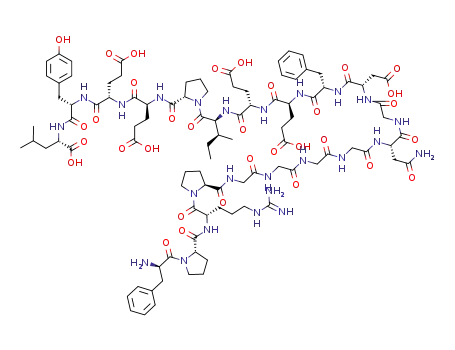
bivalirudin
| Conditions | Yield |
|---|---|
|
With chlorotriisopropylsilane; water; trifluoroacetic acid; at 20 ℃; for 3h;
|
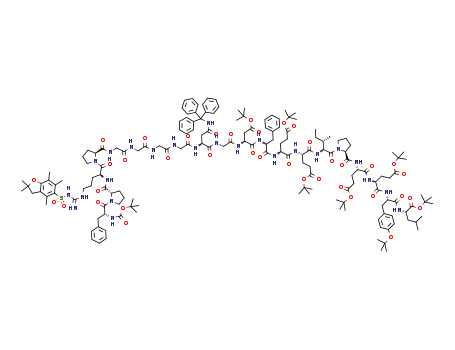
Boc-D-Phe-Pro-Arg(Pbf)-Pro-Gly-Gly-Gly-Gly-Asn(Trt)-Gly-Asp(tBu)-Phe-Glu(tBu)-Glu(tBu)-Ile-Pro-Glu(tBu)-Glu(tBu)-Tyr(tBu)-Leu-OtBu


bivalirudin
| Conditions | Yield |
|---|---|
|
With water; trifluoroacetic acid; 1-dodecylthiol; at 20 ℃; for 1h; Reagent/catalyst;
|
110 g |
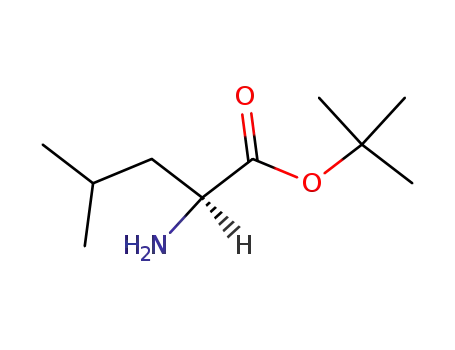
L-leucine tert-butyl ester
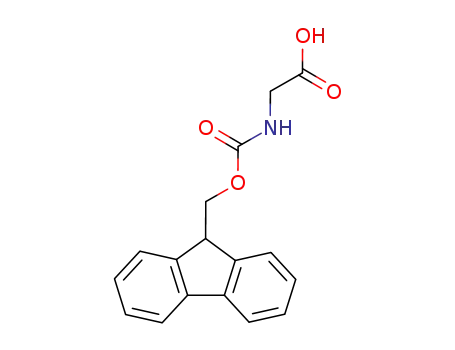
N-(fluoren-9-ylmethoxycarbonyl)glycine
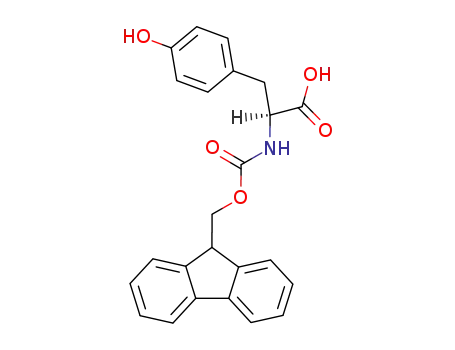
N-Fmoc-Tyr-OH

Boc-D-Phe-OH
CAS:247062-33-5
CAS:79561-22-1
CAS:40077-57-4
CAS:47931-85-1
